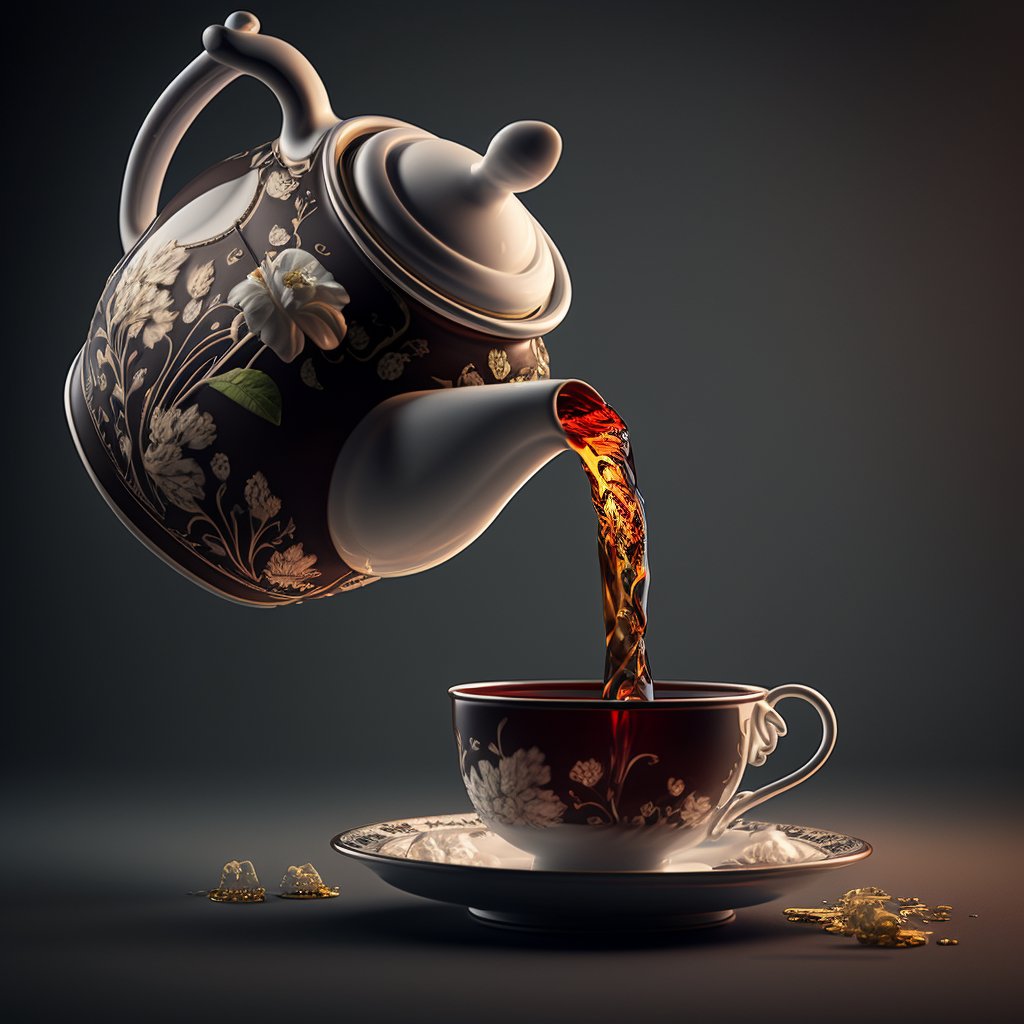Will the teapot become extinct?
When I was a kid, the phrase "There's tea in the pot" was commonly heard, meaning that tea had recently been made and kept warm by a hand-knitted tea cosy, ready for anyone who was parched. There always seemed to be a pot on the go, and tea was part of the daily rhythm of life.
Making tea was a skill: you had to scald the pot, spoon in the loose-leaf tea, and wait for it to steep. Growing up in New Zealand, I often heard some wag recommend tapping the pot "three times with a Mānuka stick," which alluded to the touch of magic in brewing a satisfying, flavourful cup of tea. It was the highest compliment to say someone made a good cuppa.
Everywhere the British colonised and immigrated in large numbers, tea became an important part of the culture. Australia and New Zealand were no exception. The Americans boycotted tea for a decade after the Boston Tea Party and became tea heathens. (If you've ever had a cup of tea in the US made in a microwave or with hot water from the tap, you'll know what I mean!) But, probably gobsmacked by how much tea was consumed in other countries, it took an American to see the commercial potential and invent the tea bag.
While tea bags were around in the 1950s in Australia, they didn't catch on for another 20 years. Perhaps this was because old habits die hard and the difference in quality was noticeable. Local companies like Bushells and Liptons went all out to sell tea bags as a fun, convenient option (you may remember the Lipton "jigglers" ads of the 1960s), and by the mid-1970s, tea bags had become the most popular way to drink tea in the country and loose-leaf tea was on the wane.
It's hard to describe our emotional connection with tea. It's a comfort in a time of grief or disappointment. It punctuates the day: waking up, starting work, and winding down. It's companionable and hospitable. And tea in a favourite pot adds to the experience.
For me, it's always loose-leaf made in a pot. I love the ceremony of preparation, the anticipation, and the depth of flavour. There is only one brand of loose-leaf tea left in my local supermarket these days, but hopefully there are enough traditional tea drinkers to keep it going and keep tea in the pot.
The Tea Ladies by Amanda Hampson
A wickedly witty cosy crime novel set in Sydney in the swinging sixties, ideal for fans of Richard Osman and Bonnie Garmus.


